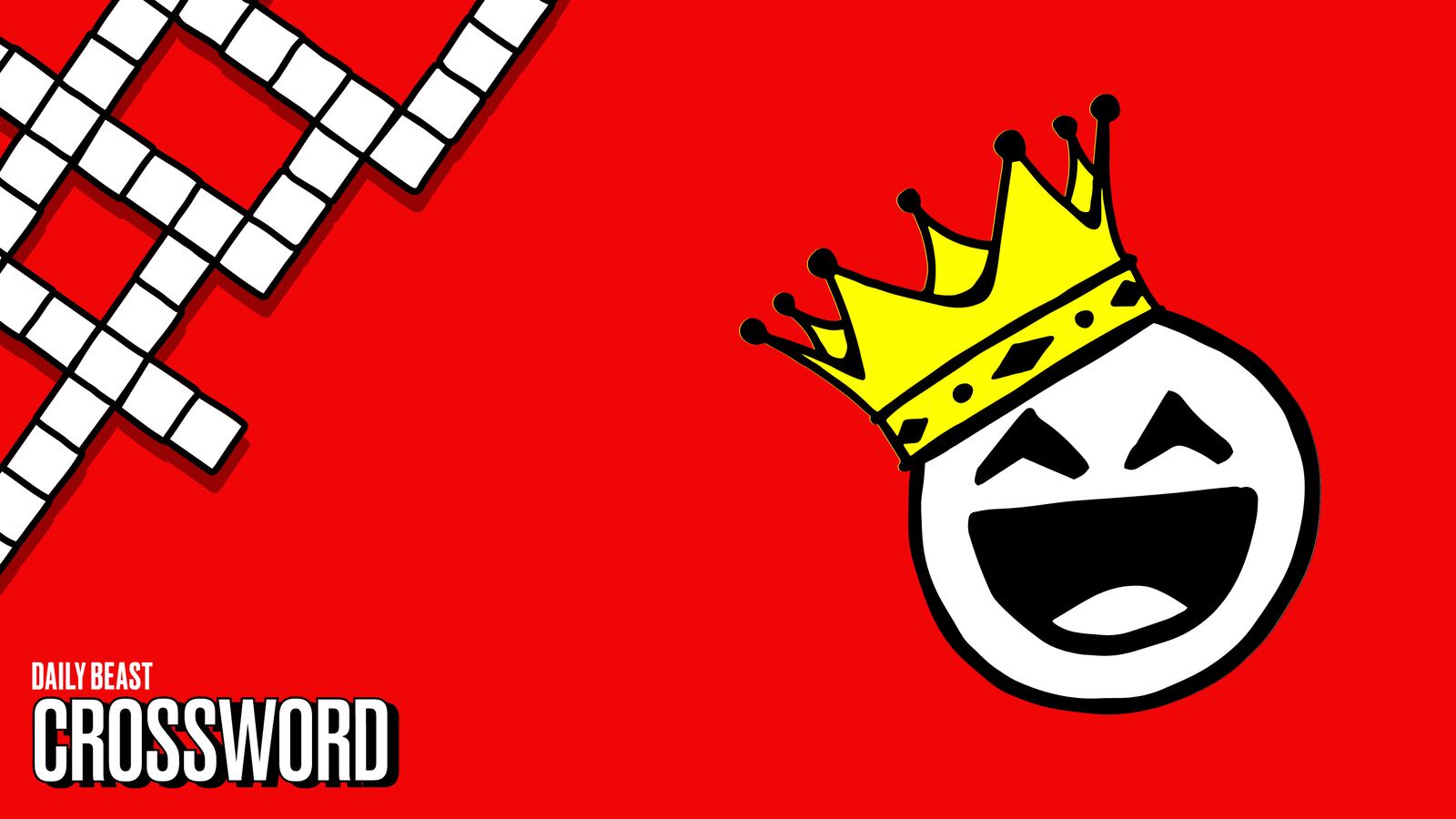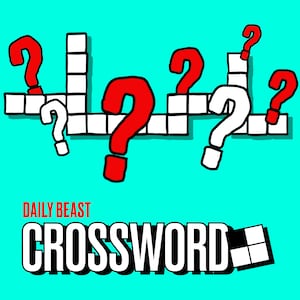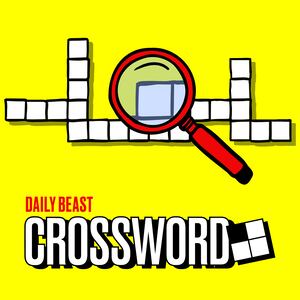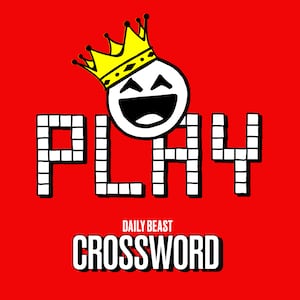[Number after siete] read the clue to 26-Across on Sunday's puzzle, which might've prompted you to start reciting Spanish numbers in your head: UNO, DOS, TRES and so on until you hit SIETE and realized the answer was OCHO, for the number eight.
Spanish numbers are particularly useful in crosswords, partly because so many Americans at least know 1-10, but also because their letters are extremely useful. Of those ten numbers, only CUATRO and DIEZ do not appear that often in crosswords; the other eight show up all the time (UNO, DOS, TRES, CINCO, SEIS, SIETE, OCHO, NUEVE). Even zero in Spanish (CERO) is so useful that it appears from time to time in puzzles.
Numbers in other languages show up as well, though in lesser volume. EINS and DREI in German (one and three) are common crossword visitors, as are various forms of EINS such as EIN and EINE (which are the indefinite article "a.") Other German numbers, such as FUNF (five) and ACHT (eight) are consonant-heavy and don't show up nearly as often.
From French we often see DEUX or CINQ (two and five) if the puzzle constructor needs that fancy X or Q at the end, but you're unlikely to see the number six clued to the French, since it's just SIX, same as English.
Numbers from non-European languages have yet to make much headway in American crossword puzzles, though the Japanese for word for the number one, ICHI, would be a good place to start. It has useful letters, and would already be familiar to some solvers through the Japanese beer Kirin Ichiban ("Ichiban" means "number one").
Did a number in another language do a number on you while solving? Tweet it to #beastxword and we'll do the math together.
Play today’s puzzle and sign up for our weekly crossword newsletter on the bottom of the puzzle page.
READ MORE ON CROSSWORDS









